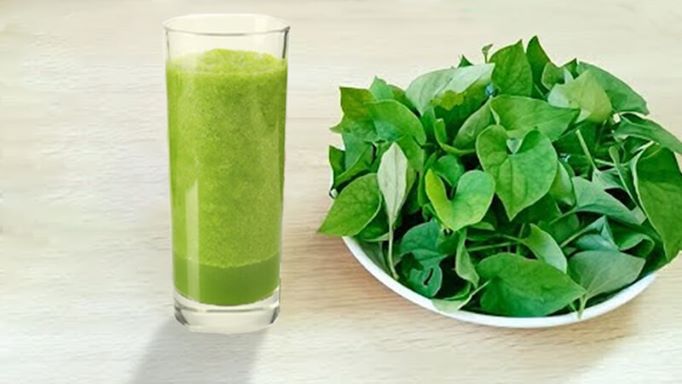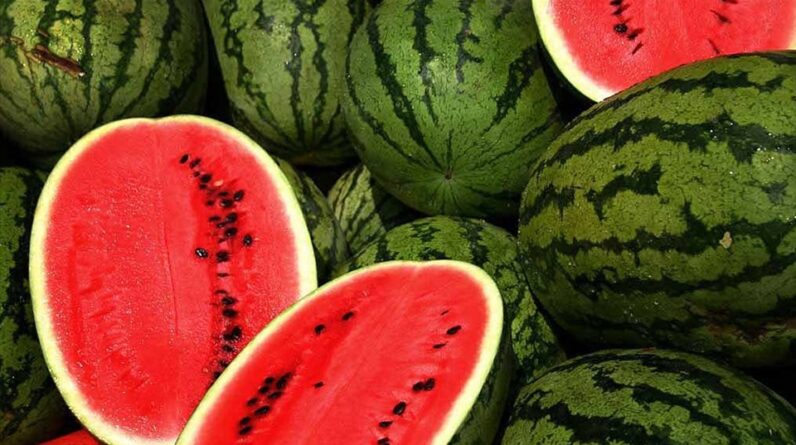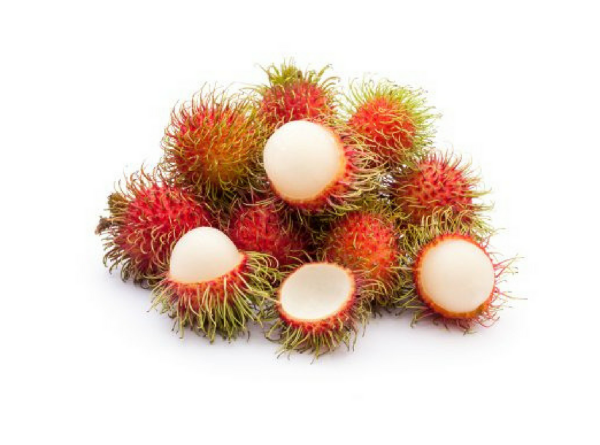
Lettuce is not only a vegetable to eat, anyone who knows how to eat is addicted to it… but also a valuable medicine that cures a number of diseases very effectively.
1. Characteristics of the lettuce plant
Lettuce plant is also known as leaf leaf plant, fish essence.
Scientific name Houttuynia cordata Thumb. Belongs to the Saururaceae family.
Lettuce is a small, perennial, moist grass with rhizomes growing underground. Small roots grow at the nodes, stem grows up to 40cm high, hairy or little hairy.
Leaves are alternate, heart-shaped, with slightly pointed or pointed tips. The flowers are small, pale yellow, without a perianth, in spikelets, with 4 white bracts. The entire appearance of the inflorescence and bracts resembles a solitary flowering plant.
The whole bark has a fishy smell like fish. Flowers bloom in the summer in May and August.
Lettuce grows wild in humid places in our country. People often pick and eat with fish. The whole plant is picked and used fresh or dried or dried.
In the plant there is about 0.0049% essential oil and a little alkaloid called cordalin. The main components of the essential oil are methylnonyxetol (which has a very unpleasant odor), myrcene, caprinic acid and laurinaldehyde.
Flowers and fruits contain isoquercitrin and not quercitrin.
2. Pharmacological effects
According to Vietnamese medicinal plants and herbs by Prof. Dr. Do Tat Loi lettuce has a diuretic effect, this diuretic property is due to quercitrin and inorganic substances contained in lettuce. A solution with 1/10,000 molar mass of quercitrin still has a very strong diuretic effect. The substance isoquercitrin also has a diuretic effect (Japanese herbal medicine, 1963).
Another idea is that dioxyflavonon derivatives have rutin properties, that is, increase the endurance of blood vessels, making it difficult for blood vessels to rupture (Japanese Pharmacology, 1951).
Cordalin has an irritating effect on the skin, causing swelling.
3. Usage and dosage
Calculate the taste according to Eastern medicine: Lettuce is spicy, slightly cold, slightly poisonous, in the waste water; has the effect of dissipating heat, eliminating emphysema, used to treat lung cancer, in addition to being used to treat cancer, hemorrhoids, sores.
People use lettuce plant in cases of hematoma such as in hemorrhoids (decoction of drinking water with a dose of 6-12g and decoction of water to take steam and then wash). Many users found the effect.
In addition, lettuce also has the effect of clearing urine, treating boils, irregular menstruation.
Average dosage: 6-12g a day (decoction, pellets).
3.1 Cure inflammation of the middle ear, blocked milk ducts:
Prescription of experience using lettuce plant: 20g dried lettuce, 10 red apples, 600ml water. Sac remaining 200ml, divided into 3 times to drink during the day.

Lettuce leaf juice helps to treat hemorrhoids.
In addition, lettuce also has the following effects:
3.2 Support the treatment of diabetes: In lettuce contains ethanol and anti-diabetic components, capable of stabilizing blood sugar levels of the human body.
3.3 Helps to control weight: Lettuce water has the effect of controlling weight, suitable for people on a diet, anti-obesity.
3.4 Detoxify the body: Eat lettuce for diuretic purposes. From its diuretic ability, lettuce also helps to eliminate toxins and purify the body.
3.5 Support for the treatment of pneumonia and infections: Lettuce can be used to support the treatment of pneumonia or treat infections related diseases because it has antibacterial components.
3.6 Strengthening human resistance: Eating lettuce in a reasonable way can help people strengthen the immune system, stimulate the production of white blood cells.








